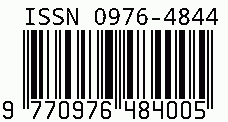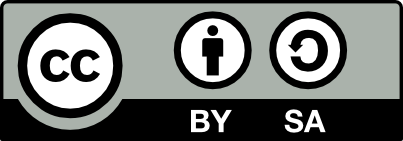
Journal of Advances in Developmental Research
E-ISSN: 0976-4844
•
Impact Factor: 9.71
A Widely Indexed Open Access Peer Reviewed Multidisciplinary Bi-monthly Scholarly International Journal
Plagiarism is checked by the leading plagiarism checker
Call for Paper
Volume 16 Issue 1
2025
Indexing Partners



















An Overview of Non-Deep Networks: A Comprehensive Review
| Author(s) | Vishakha Agrawal |
|---|---|
| Country | United States |
| Abstract | While deep neural networks have dominated recent machine learning discussions, traditional non-deep networks continue to play a vital role in various applications, offering advantages in interpretability, computational efficiency, and performance on smaller datasets. This comprehensive review examines the landscape of non-deep learning approaches, an- alyzing their theoretical foundations, practical applications, and continuing relevance in modern machine learning. We explore various architectures, from simple perceptrons to sophisticated ensemble methods, highlighting their strengths, limitations, and optimal use cases. |
| Keywords | Non-deep networks, Support Vector Machine(SVM), Perceptron, Radial Basis Function(RBF), Interpretability |
| Field | Engineering |
| Published In | Volume 10, Issue 2, July-December 2019 |
| Published On | 2019-12-05 |
| Cite This | An Overview of Non-Deep Networks: A Comprehensive Review - Vishakha Agrawal - IJAIDR Volume 10, Issue 2, July-December 2019. DOI 10.5281/zenodo.14684716 |
| DOI | https://doi.org/10.5281/zenodo.14684716 |
| Short DOI | https://doi.org/g82cb6 |
Share this


CrossRef DOI is assigned to each research paper published in our journal.
IJAIDR DOI prefix is
10.71097/IJAIDR
Downloads
All research papers published on this website are licensed under Creative Commons Attribution-ShareAlike 4.0 International License, and all rights belong to their respective authors/researchers.

